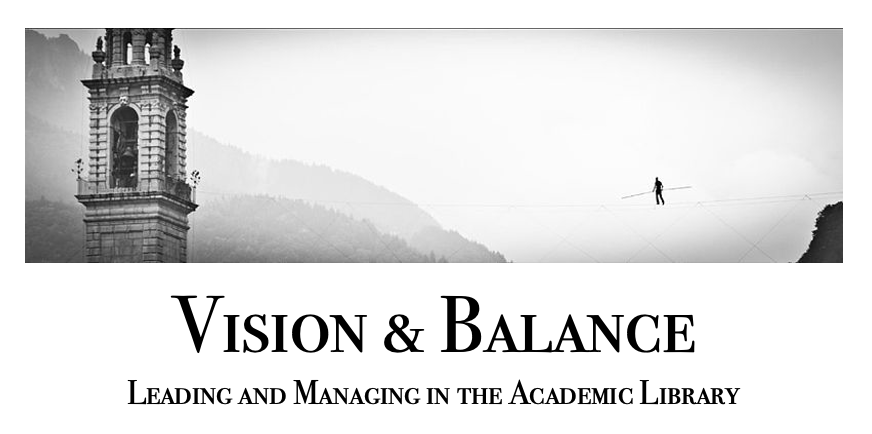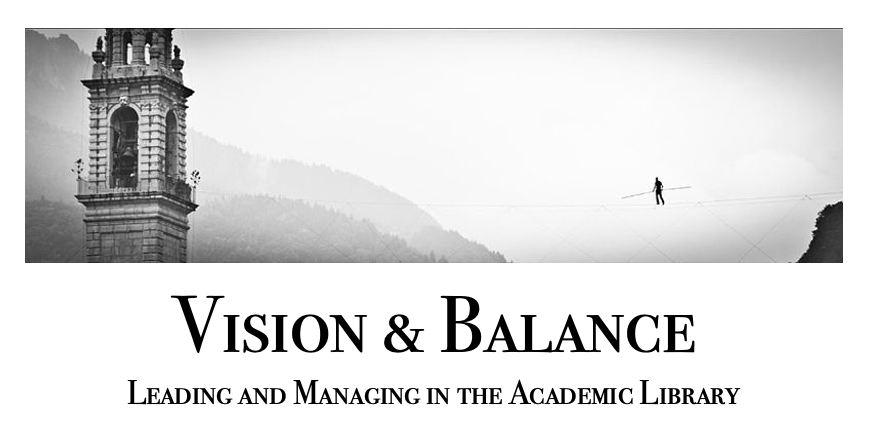Library Policy Management 101: Policies Are Like Carbs
Library policies are essential, but not all are equally good, and it's easy to overindulge.

Every healthy library organization has a clear workflow for producing, re-examining, and revising policies. No library can function well unless its employees (and its patrons) are able to easily find and clearly understand its organizational policies, nor can it function well if there isn’t a clear and comprehensible process in place for creating new policies and revising or eliminating ones that no longer work well.
Here's the thing about policies, though: they’re kind of like carbs – you’ve got to have them, but not all of them are equally healthy and it’s easy to overindulge. In this short series of posts, I’m going to explore several dimensions of healthy policy management:
- The right balance of implicit rules (traditions) and explicit ones (policies)
- What a healthy policy regime look like
- Avoiding policy hijack
Today, let’s talk about balancing implicit and explicit rules.
First of all, it’s important to know that implicit rules are an inevitable feature of every organization. The longer people work together, the more likely it is that casual, unwritten rules will emerge as they learn to negotiate their intersecting workflows and personal interactions, and as they figure out what strategies and approaches to their work are more or less effective. Implicit rules fill in the spaces between explicit rules: the library may not have an employee dress code, but different departments may have different understandings about what’s allowed, understandings that are enforced with varying degrees of strictness. (We’ll return to this scenario in a moment.)
Another word for “implicit rule” is “tradition.” When an employee says “That’s just how we’ve always done things” or “Everyone understands that this is what’s expected,” he or she is talking about a tradition. Every organization has its own culture (and an array of subcultures), and those cultures will always generate traditions – there’s nothing wrong with it. Unless, of course, the line between “tradition” and “policy” gets blurred. Then the potential for problems grows.
Policies that contradict themselves, are vaguely written, or leave essential elements or relevant issues unaddressed do more harm than good – they create the appearance of policy but don’t deliver on the function of policy.
A policy is an example of an “explicit rule.” Policies are, by definition, written down and should always be archived in a place where everyone in the library can find and read them. They should also always be clear and easily comprehensible; policy documents that contradict themselves, that are vaguely written, or that leave essential elements or relevant issues unaddressed do more harm than good – they create the appearance of policy but don’t deliver on the function of policy. There also need to be very clear policies around the creation of policies (call them “metapolicies” if you like, but I refuse to use that term). In other words, it’s not only essential that the library have clear policies, but also that that library be very clear about how policy is created and authorized – otherwise, you run the risk of people going rogue and creating policies that may or may not be aligned with the library’s organizational goals.
What’s the right balance between implicit and explicit rules in an organization? The answer is not a number or a percentage: it has more to do with the nature than with the number of organizational rules.
For example: in some libraries it may be important that employees follow a dress code. In others this may not matter much. Some libraries need to have clear and strict rules about who may and may not enter; others can be more flexible. Answers about which practices should be embedded in formal policy and which can remain in the realm of tradition will vary depending on the needs and mission of the library.
However, there are some consistent principles that I believe apply across a wide variety of library organizations:
- Every formal policy should have a clear purpose. You should always be able to answer the question “What problem is this policy designed to solve or prevent?”. If you can’t answer that question compellingly, the policy may not be necessary – and may be causing more trouble (in the form of unnecessary restriction or overprescriptive workflows) than it’s worth.
- Every formal policy must be formally approved. No library-wide policy should be established without administrative approval. Divisional or departmental policies should always be consonant with library-wide policies, and subject to administrative appeal. (In other words, if an employee objects to a departmental policy, there should be a process in place for requesting administrative intervention.)
- Policies should be built on principles that are clear, explicit, and consistent across the library. Not every library department has to have identical policies, but differences across the organization should be explicable by appeal to consistent principles. For example: the library may not have an organization-wide dress code, but a department that handles heavy equipment may require its employees to wear steel-toed shoes. When an employee of that department asks “Why can staff in Acquisitions wear whatever shoes they want, but I have to wear steel-toed shoes?”, an appropriate answer would be “Your department has exceptional rules for reasons of employee safety.” On the other hand, if one service area requires its employees to wear slacks or skirts and another allows jeans, there might not be a good explanation. This leads to the final principle I want to propose:
- Policies must be principle-driven, not personality-driven. Consider the dress code situation again. Two departments may have different dress policies for legitimate reasons arising from the work they do – or they may have different dress policies for illegitimate reasons arising from supervisor personality: one manager might just hate denim jeans. A small degree of variability based on personality is more or less inevitable, but the greater the variance from department to department within the library, the greater the likelihood that it will result in conflict that needs to be resolved by creating (or modifying) a library-wide policy.
The bottom line is this: there’s nothing wrong with tradition, but tradition shouldn’t be confused with policy. And policies are essential, but not all policies are equally important.
On Thursday, we’ll talk more about that last point as we discuss some characteristics of a healthy library policy regime.
Takeaways and Action Items
- Policies are essential; but not all policies are equally wise or important.
- Tradition is fine, but should not be confused with policy.
- Policies must be based on principle, not driven by personality.
